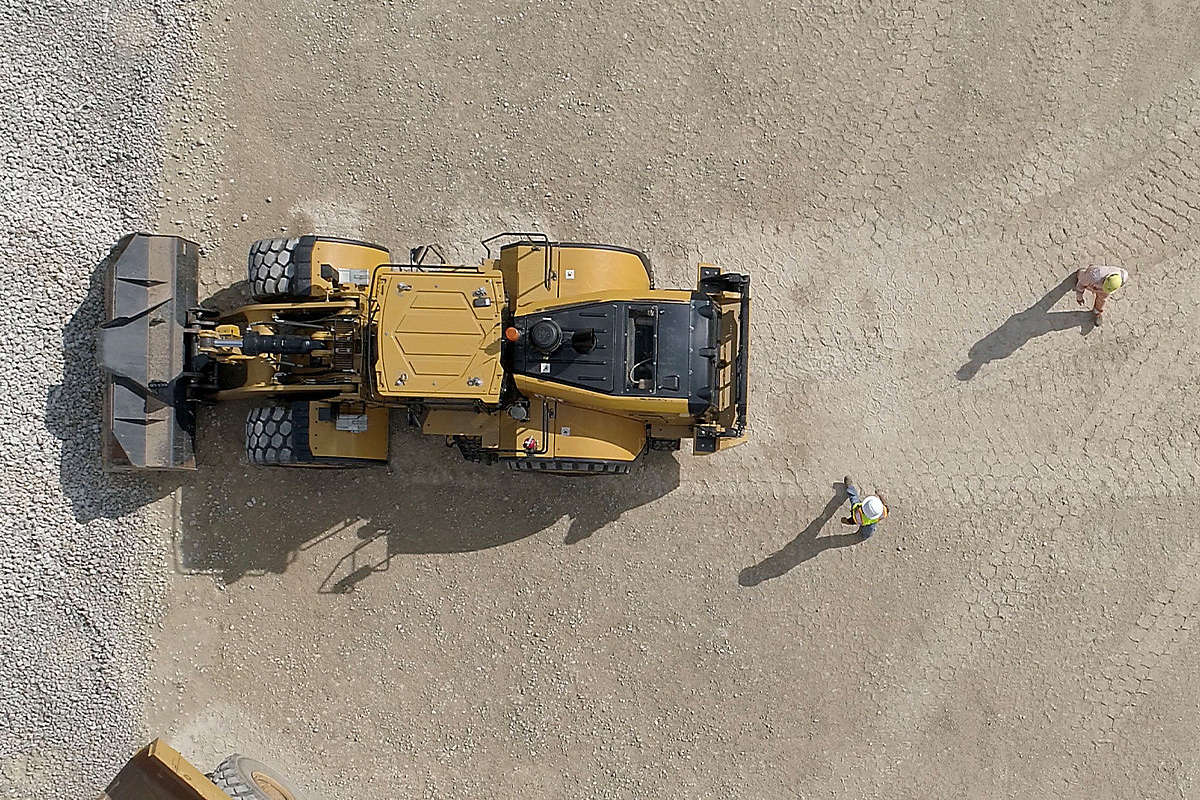Minimum Footprint, Maximum Productivity

“Contractors and utility workers are looking for install methods that are trenchless, portable, economical and feature high productivity; you get that from piercing tools,” says Jeff Wage, Vice President for McLaughlin Boring Systems.
Piercing tools are suitable for gas, electric or water installation jobs in residential areas. But for cable or fiber projects, homing in on stitch boring is the standard route. It is suitable for anything from short bores under a driveway to large irrigation projects because of the economic feasibility when compared to other approaches.
“A challenge with fiber installs is having high productivity at a reasonable cost, but piercing tools lend themselves to solving that,” says Wage. “It’s very economical from the original purchase cost aspect, and piercing tools tend to have a long operating life and low operating costs.”
Saving Time and Minimizing Risk
Many fiber build projects are in residential neighborhoods with finished landscapes and highly manicured lawns. The need to bring fiber to these neighborhoods requires a service drop at each property. Potholes which are dug to expose an existing utility path that the bore may cross also serve as good locations for starting or completing a bore with a piercing tool.
“Contractors will often weigh the options for a big project and compare costs such as capital equipment and operating costs of piercing tools compared to directional boring,” says Wage. “Stitch boring utilizes the existing hand-dug potholes and the contractor can avoid causing more damage to yards or driveways.”
According to Wage, stitch boring is commonly a good solution for both small- and large-scale projects. Projects can range from as small as 5,000 to 10,000 ft, and sometimes as large as 80,000 ft.

Typically a crew will dig a narrow slit trench that is the length of the piercing tool, approximately 4 ft long by 12 to 18 in. wide. Then, piercing tools are used to bore at the depth required for the installation, which is commonly anywhere from 18 to 30 in. of cover.
This is where the piercing tool is inserted and begins to shoot through to the other side of a yard or under a driveway. The bores tend to be in the 20- to 50-ft range from launch pit to receiving pit. As a crew shoots pit-to-pit, they drag through mule tape, which acts like a guide string and allows the crew to install or drag the product through each hole.
Much like other piercing tool applications, stitch boring can be done in a very timely manner. Crews can complete 100 to 150 ft per day on average. By completing a job quickly, operators can minimize the already low operating costs of piercing tools.
Routine Maintenance Reduces Operating Costs
Starting a routine maintenance schedule is another great way to prevent headaches and minimize operating costs. A number of factors contribute to the regularity of service: total time used, oiling consistency, ground conditions in which the tool has been used and the debris in the ground.
No matter the ferocity with which a piercing tool is used, the first and foremost maintenance check is the external tail hose on the tool. This small, replaceable component connects the tool to the supply line, and is typically replaced four to five times a year; it is a quick fix that can be done in the field.
The second regular area of interest in a maintenance schedule is the internal seals. The piston inside the piercing tool cycles at approximately 400 blows per minute, according to Wage. With that rapid pace, well-maintained seals eliminate steel-on-steel contact and keep the equipment running. A general rule of thumb is two sets of seals a year, but that number can fluctuate up to five if the contractor is using the tool on a more regular basis.
Changing the nose of the tool is a maintenance task to perform annually. Wage estimates that 90 percent of the wear on the tool takes place on the nose, where it first engages the ground during a bore. A contractor will need to determine at what point of wear to replace the head of the tool. Replacement of the head can save wear to other components on the tool body or tool head assembly, saving more expense in the future. On a case-by-case basis, but they should be replaced anywhere from every six months to every few years. As with the other components, the frequency of replacements is contingent on regularity of use.

Soil types can be a major factor in determining operating life of piercing tools. However, these machines are engineered to handle the rigors of rough soil.
“Ninety to 95 percent of the soil in North America is suitable for the use of pneumatic boring tools,” says Wage. “Soil conditions where the soil contains rock or cobble larger than a fist can be difficult to bore successfully in on a consistent basis. The depth at which an operator performs the stitch bore will also help them know the soil types. A lot of times, even in those areas where you’ve got developments, you’re commonly shooting piercing tools at a depth of 18 to 36 in., and there is significant topsoil versus natural conditions.”
Establishing appropriate specifications of the boring process can bolster efficiency. Wage provides a general rule of thumb when using a piercing tool: Shoot the tool at a depth that is 10 times the diameter of the piercing tool; so if it’s a 2-in. tool, then 20 in. of cover would be a suggested minimum amount of cover.
Being able to complete a job quickly and confidently makes piercing tools — and more specifically stitch boring — a viable option for homeowners or large utility companies. With only small, narrow trenches needed to shoot the tool, stitch boring creates a small footprint but can lead to the installation of fiber or cable lines on a grand scale.
Darrin Cline is a Features Writer at Two Rivers Marketing.




